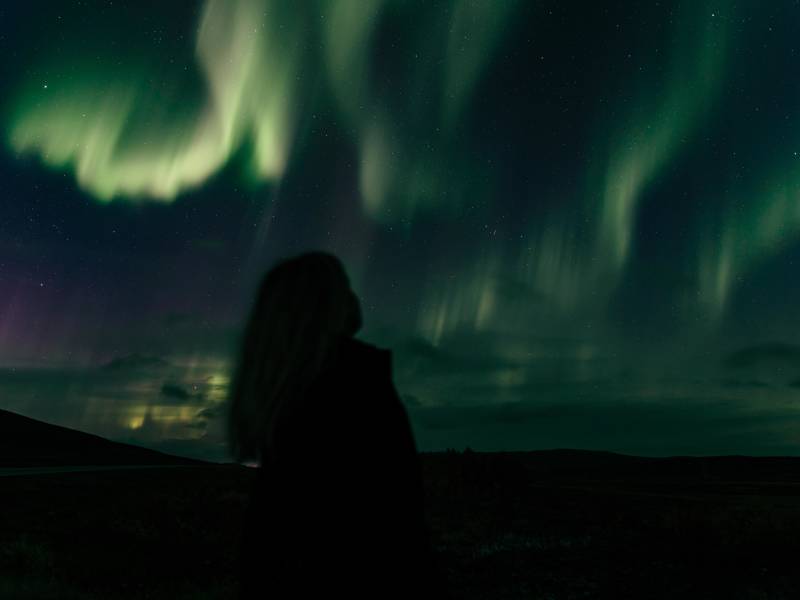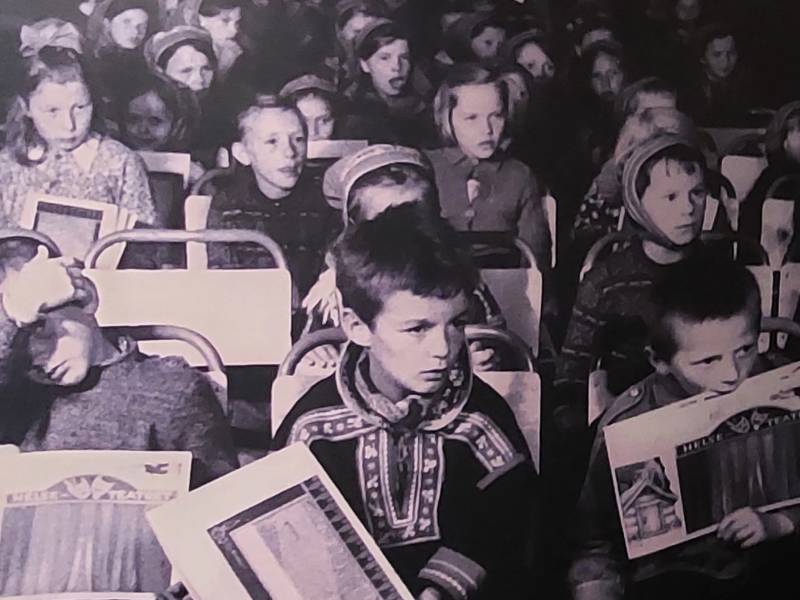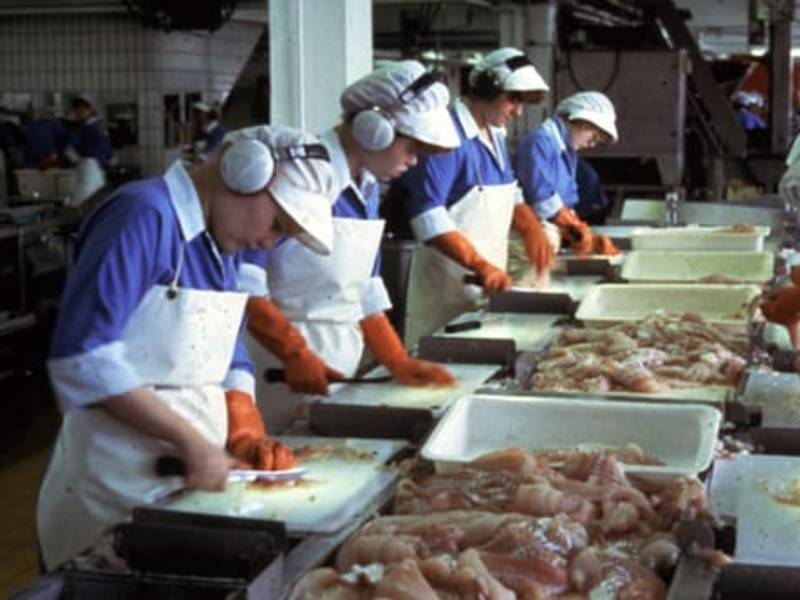
Hammerfest centre
Provided by:
Visit Hammerfest

Welcome to Hammerfest, Finnmark’s metropolis and the gateway to the Kingdom of the polar bear, hardy Finnmarkers put down roots here thousands of years ago, co-existing with the wild harsh weather and beautiful nature reflected in the colours of the stunning northern lights. In this audio guide, you will become acquainted with Hammerfest’s exciting history and learn more about the people, places and maybe some of the myths and stories from bygone times. All of this you can experience through the comprehensive narration, pictures, and text as you approach the places of interest along the route. If you should come across a reindeer on your travels, then just stop and greet it with “Bures”, which means good day in Sami. As a rule, you will normally receive a small nod or a grunt in return. God Tur!














